Uruguay often gets pigeonholed as a summer beach destination, with travel articles fixating on its glamorous coastal resorts and endless Atlantic shoreline. This South American gem, however, offers far more than just sandy beaches and surf breaks.
Beyond the coast lies a country rich with cultural heritage, architectural wonders, and pastoral landscapes that rival its more famous neighbors. Here is a list of 15 fantastic experiences in Uruguay that have nothing to do with beaches or ocean views.
Montevideo’s Ciudad Vieja

The old town of Uruguay’s capital holds centuries of history within streets lined with art deco and neoclassical buildings. Montevideo’s Ciudad Vieja feels like a living museum where locals sip mate from traditional gourds while street performers entertain in plazas surrounded by colonial-era architecture.
The weekend antique market at Plaza Constitución transforms the area into a treasure hunter’s paradise, with vendors selling everything from vintage records to yerba mate accessories.
Wine Country in Canelones

Just outside Montevideo, family-run vineyards produce exceptional Tannat wines in a landscape reminiscent of Tuscany but without the crowds. Canelones wine country specializes in Uruguay’s signature grape variety, creating robust reds that pair perfectly with the country’s famous beef.
Many vineyards welcome visitors for tastings in rustic bodegas, where owners themselves often pour samples and explain their multi-generational approach to winemaking.
Historic Colonia del Sacramento

This perfectly preserved colonial town offers cobblestone streets and buildings dating to the 17th century when Portuguese settlers first established the outpost. Colonia del Sacramento earned its UNESCO World Heritage status through its remarkable state of preservation and the visible layers of both Portuguese and Spanish influence in its architecture.
The town’s lighthouse provides panoramic views of the historic quarter with its distinctive mix of architectural styles, while museums housed in colonial buildings tell the story of the region’s contested history.
Like Travel Pug’s content? Follow us on MSN
Gaucho Culture in Tacuarembó
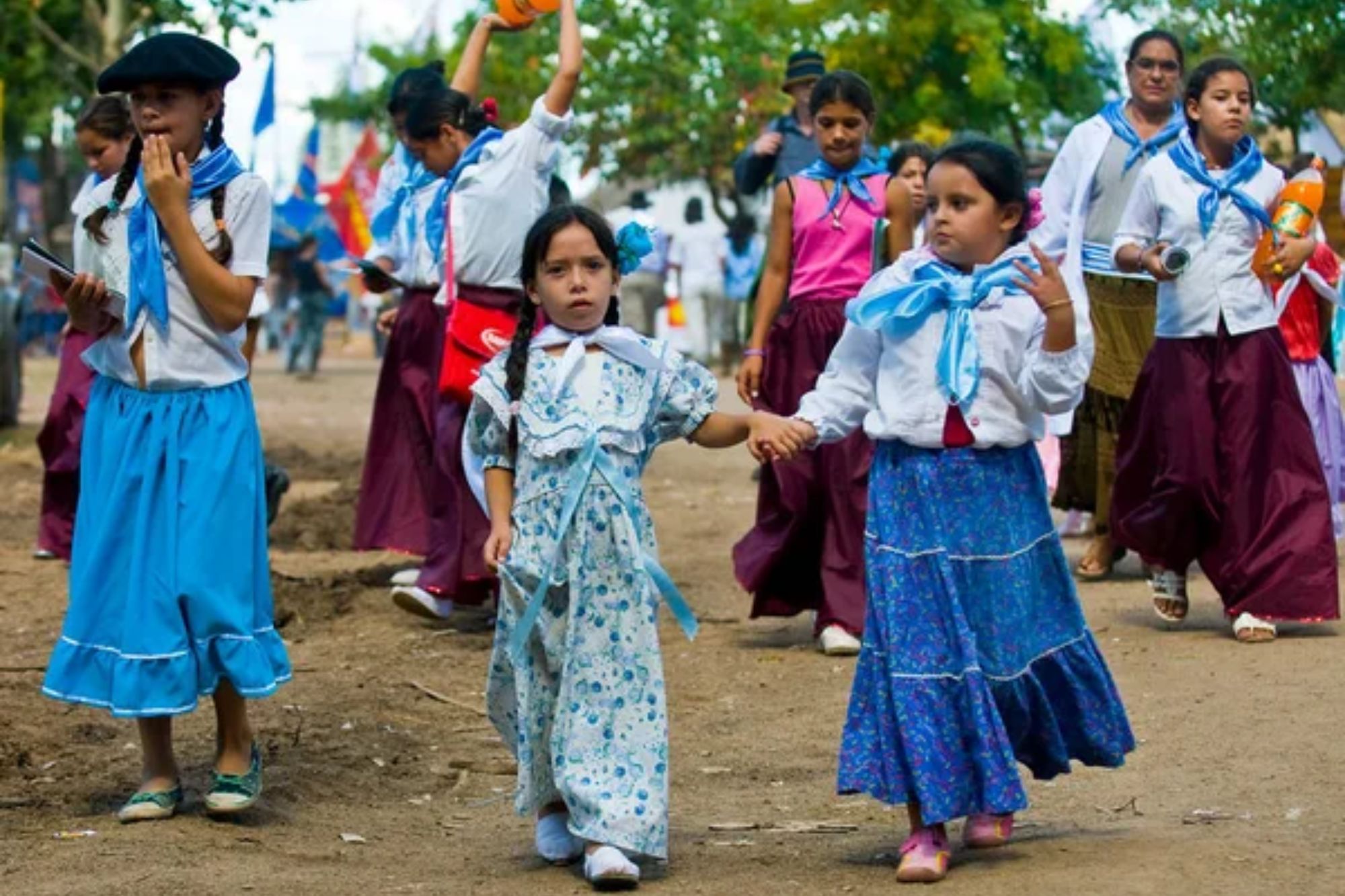
The heartland of Uruguay’s cowboy tradition offers visitors authentic estancia experiences far from tourist crowds. Tacuarembó’s working ranches maintain centuries-old traditions where gauchos still round up cattle on horseback across rolling grasslands.
Visitors can participate in daily ranch activities, enjoy asado barbecues prepared the traditional way, and hear folk music played around evening campfires under remarkably clear night skies.
The Hot Springs Route

Northern Uruguay boasts a series of natural thermal springs with healing mineral properties and year-round warm temperatures. Towns like Salto and Daymán have developed around these therapeutic waters, creating spa complexes that range from rustic to luxurious.
The thermal circuit offers a perfect alternative to beach tourism during winter months when soaking in the naturally heated pools becomes especially appealing amid the cooler countryside temperatures.
Architectural Marvels of Fray Bentos
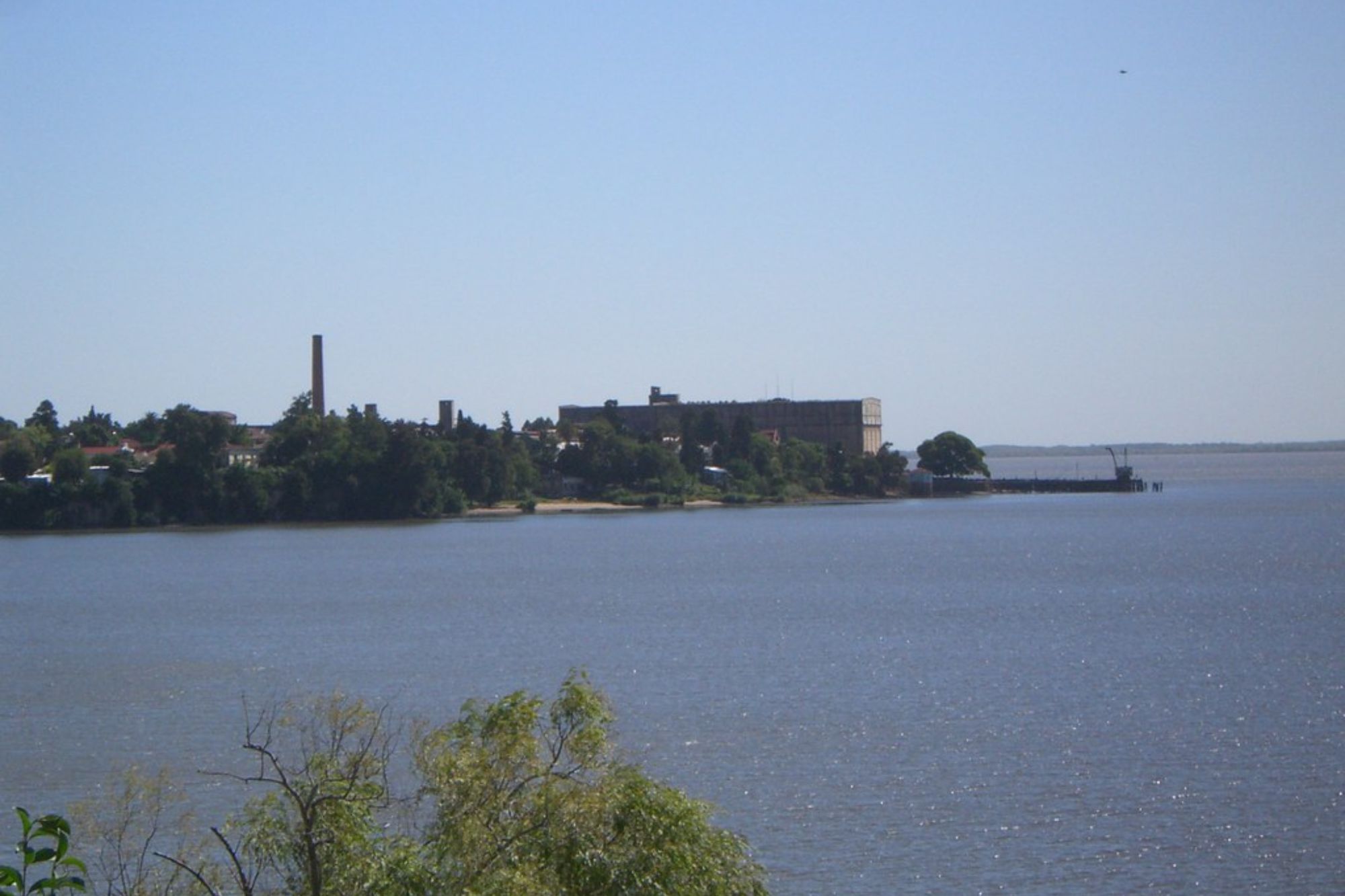
This former industrial town holds an unexpected UNESCO World Heritage site in its abandoned meat processing plant that once fed much of Europe. The Fray Bentos Industrial Landscape preserves early 20th-century industrial architecture on a massive scale, with original machinery still in place inside cathedral-like factory halls.
Tours explain how this remote Uruguayan town became globally significant in industrial history, with British-designed buildings standing as monuments to an era when the country served as ‘the world’s kitchen.’
Like Travel Pug’s content? Follow us on MSN
Candombe Drumming Traditions

Uruguay’s African-derived musical tradition creates hypnotic rhythms that earned UNESCO Intangible Cultural Heritage status. Candombe performances feature three types of drums played in perfect synchronicity, creating complex polyrhythms that once served as communication among enslaved Africans.
The tradition remains strongest in Montevideo neighborhoods like Barrio Sur and Palermo, where drum groups called ‘comparsas’ practice year-round and perform spectacular street parades during Carnival season.
The Legislative Palace

Montevideo houses one of South America’s most impressive government buildings, constructed using over 50 types of local marble. The Legislative Palace took 25 years to complete and stands as a monument to Uruguay’s democratic traditions, with guided tours available even when parliament is in session.
Inside, visitors discover lavish interiors featuring stained glass, intricate woodwork, and allegorical sculptures representing the country’s values and aspirations.
Carmelo’s Countryside
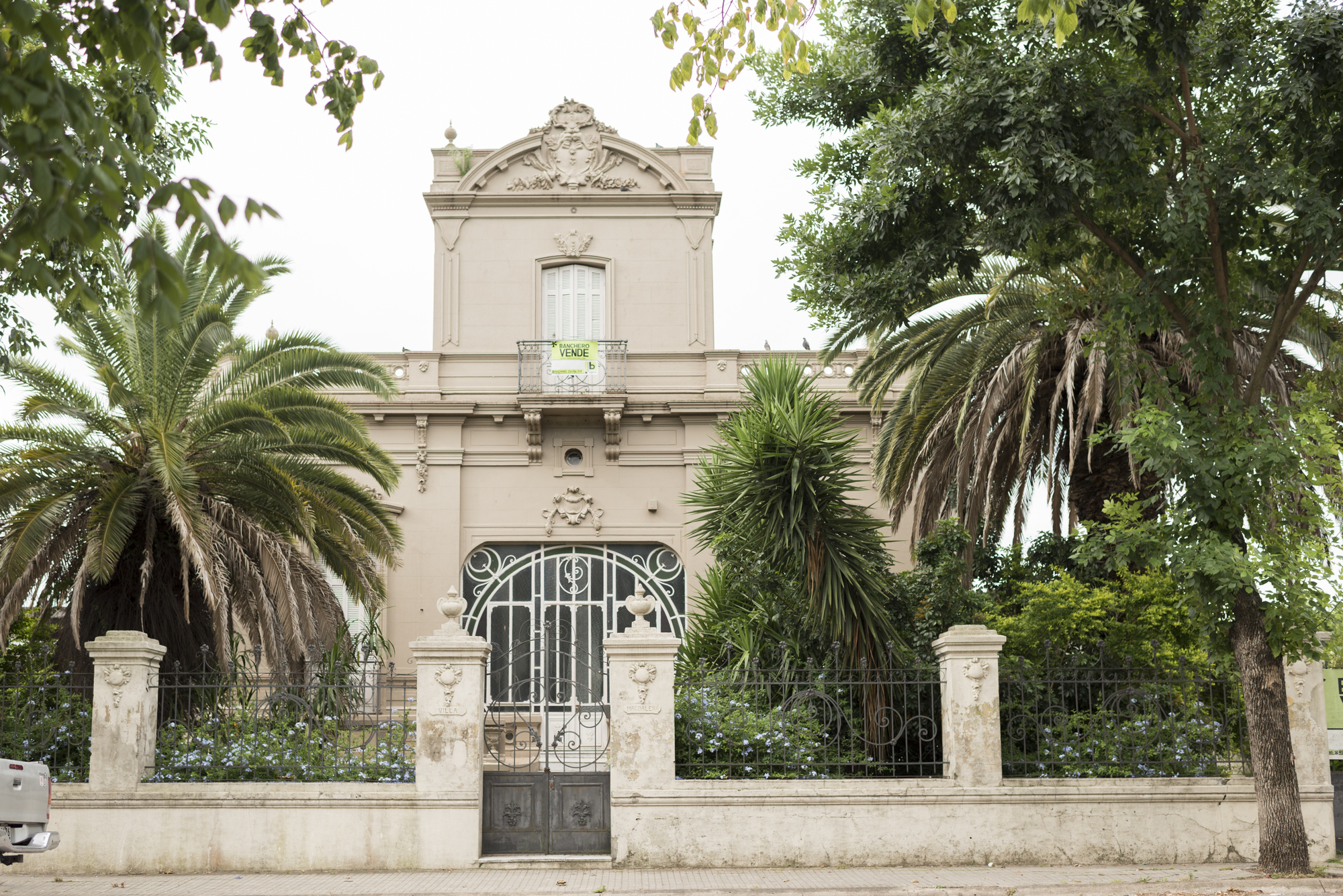
This charming riverside town offers access to boutique wineries, artisanal cheesemakers, and peaceful rural landscapes perfect for cycling or horseback riding. Carmelo’s gentle pace provides a refreshing contrast to more touristed areas, with dirt roads leading to family farms producing everything from honey to dairy products.
The area has attracted high-end but low-key tourism, with luxury farm stays offering sophisticated rural experiences without sacrificing authentic country charm.
Like Travel Pug’s content? Follow us on MSN
The Anglo Heritage
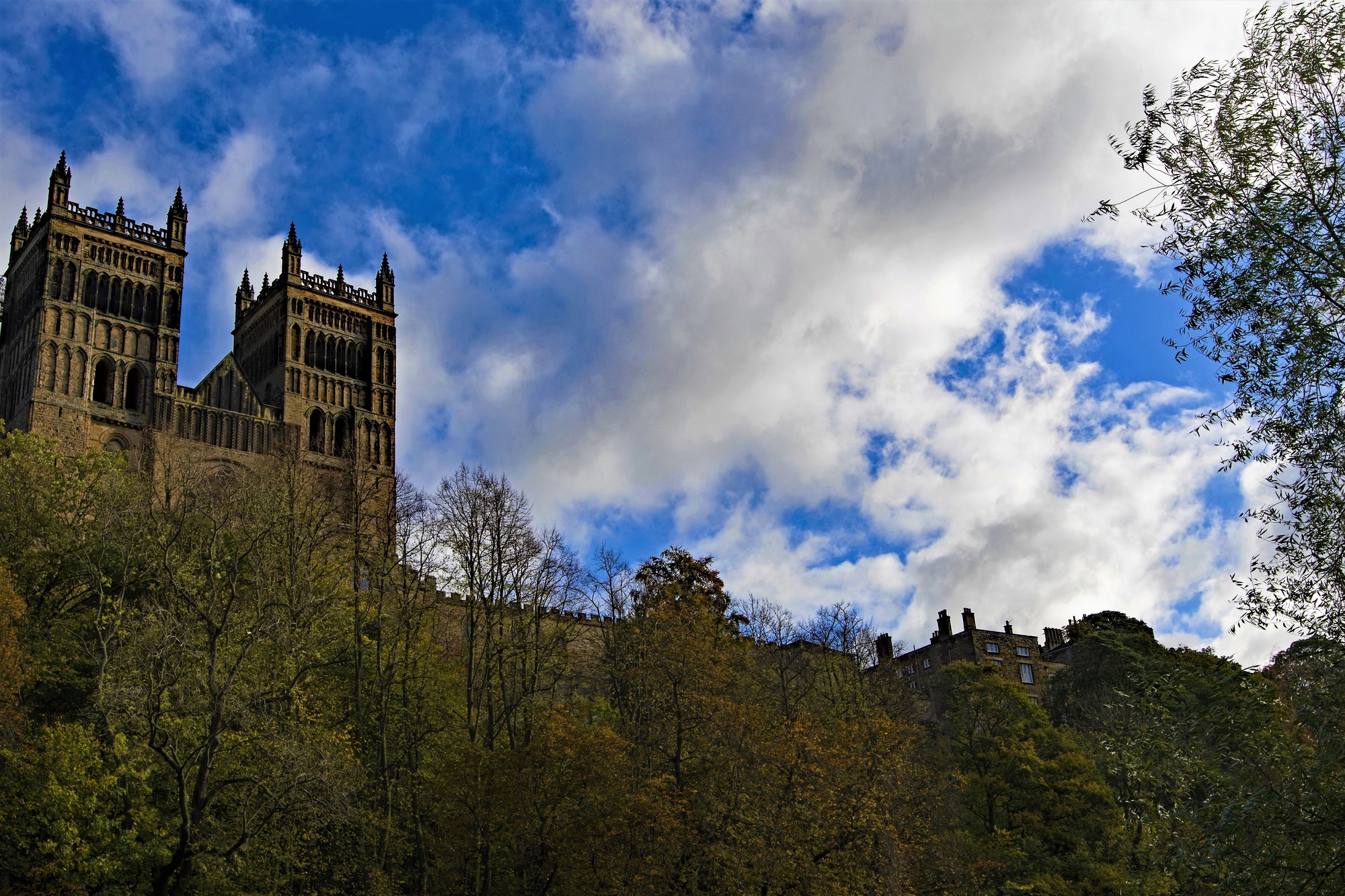
British influence shaped much of Uruguay’s economic development, leaving behind fascinating cultural remnants throughout the country. From the distinctive architecture of estancia buildings to the continued passion for cricket in certain communities, these British connections offer unexpected discoveries.
Perhaps most surprising is the enduring tradition of five o’clock tea, still observed in many Uruguayan households and specialty cafés that serve traditional pastries alongside properly brewed tea.
The Tunnel of Trees
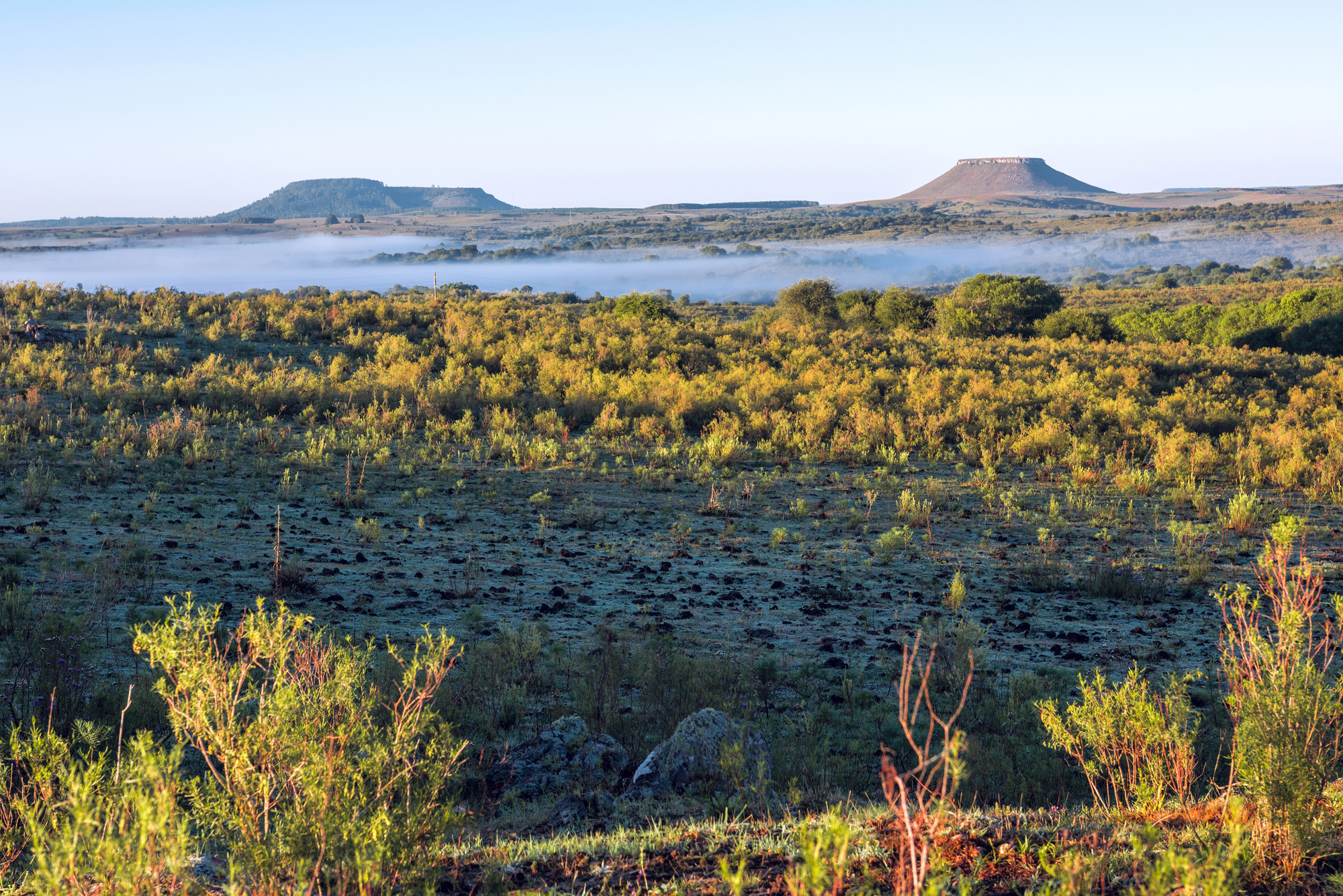
Near the town of Rocha, a remarkable natural phenomenon creates one of Uruguay’s most photographed rural scenes. The Tunnel of Trees forms when ancient ombu trees lining a country road intertwine their branches overhead, creating a perfect natural archway stretching nearly half a mile.
This living tunnel changes with the seasons, from summer’s dense green canopy to winter’s skeletal beauty, making it worth visiting throughout the year.
Subterranean Caves of Minas

The mountainous region around Minas contains a network of marble caves with underground lakes and unique geological formations. These caves feature impressive stalactites and stalagmites formed over millions of years, creating otherworldly landscapes beneath the rolling hills above.
Local guides lead exploration tours ranging from easily accessible caverns suitable for beginners to challenging routes that attract serious spelunkers from around the world.
Like Travel Pug’s content? Follow us on MSN
Birds of the Wetlands

The inland wetlands of eastern Uruguay host one of South America’s most diverse bird populations, with over 400 species recorded in these pristine ecosystems. Unlike the more famous Pantanal, Uruguay’s wetlands remain relatively undiscovered by international birdwatchers despite offering excellent viewing conditions.
Guided tours provide opportunities to spot rare species like the black-and-white monjita and the strange-tailed tyrant in environments ranging from marshes to grasslands.
Guaraní Indigenous Heritage
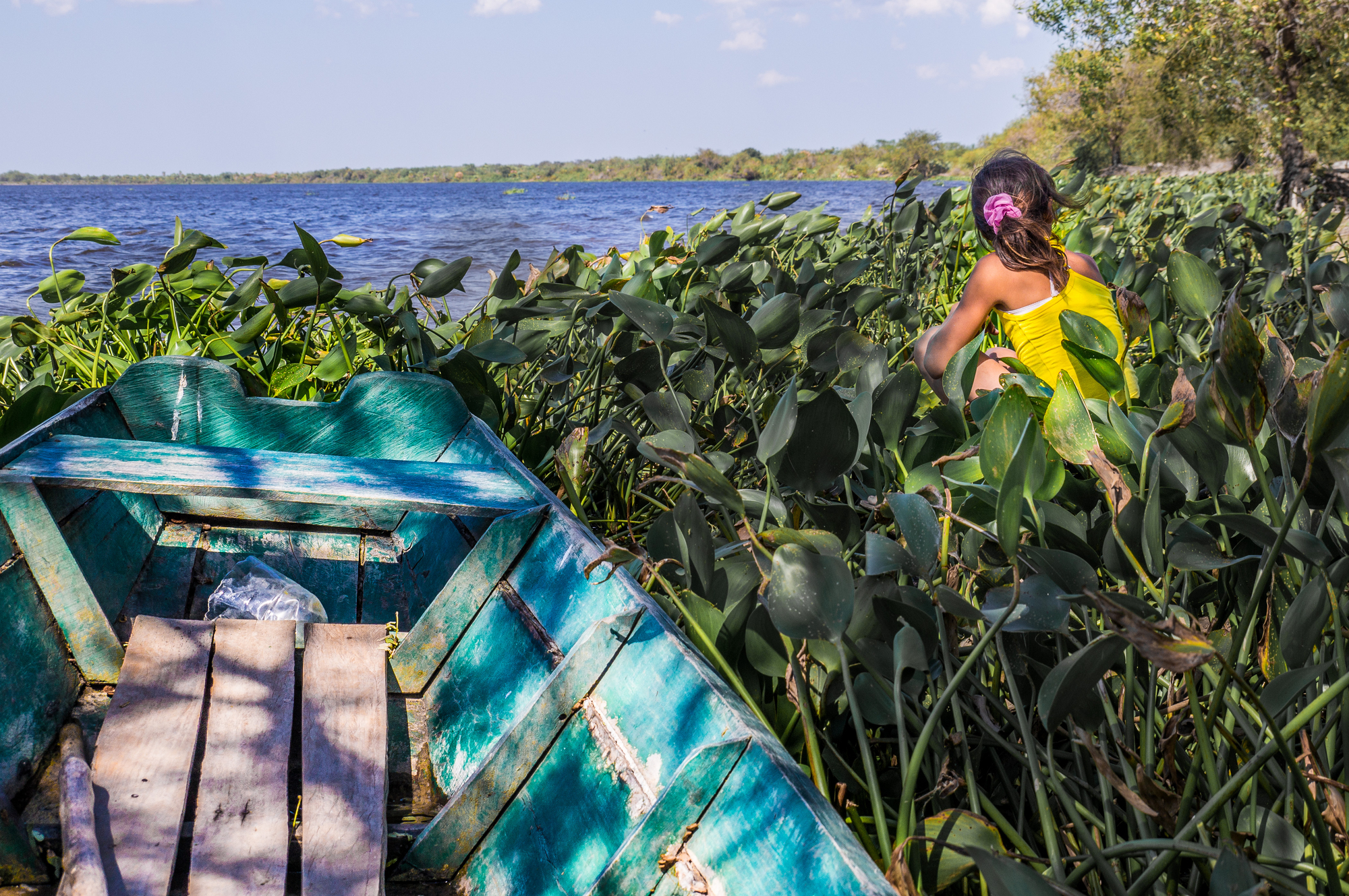
Though less visible than in neighboring countries, Uruguay’s indigenous heritage offers profound insights into pre-colonial life and continuing cultural influences. Museum collections in Montevideo and Tacuarembó preserve artifacts and explain settlement patterns of the Guaraní and other indigenous groups who inhabited the region for thousands of years.
Many Uruguayan place names, traditional foods, and agricultural practices derive from indigenous origins, creating living connections to the country’s first inhabitants.
The Mate Trail
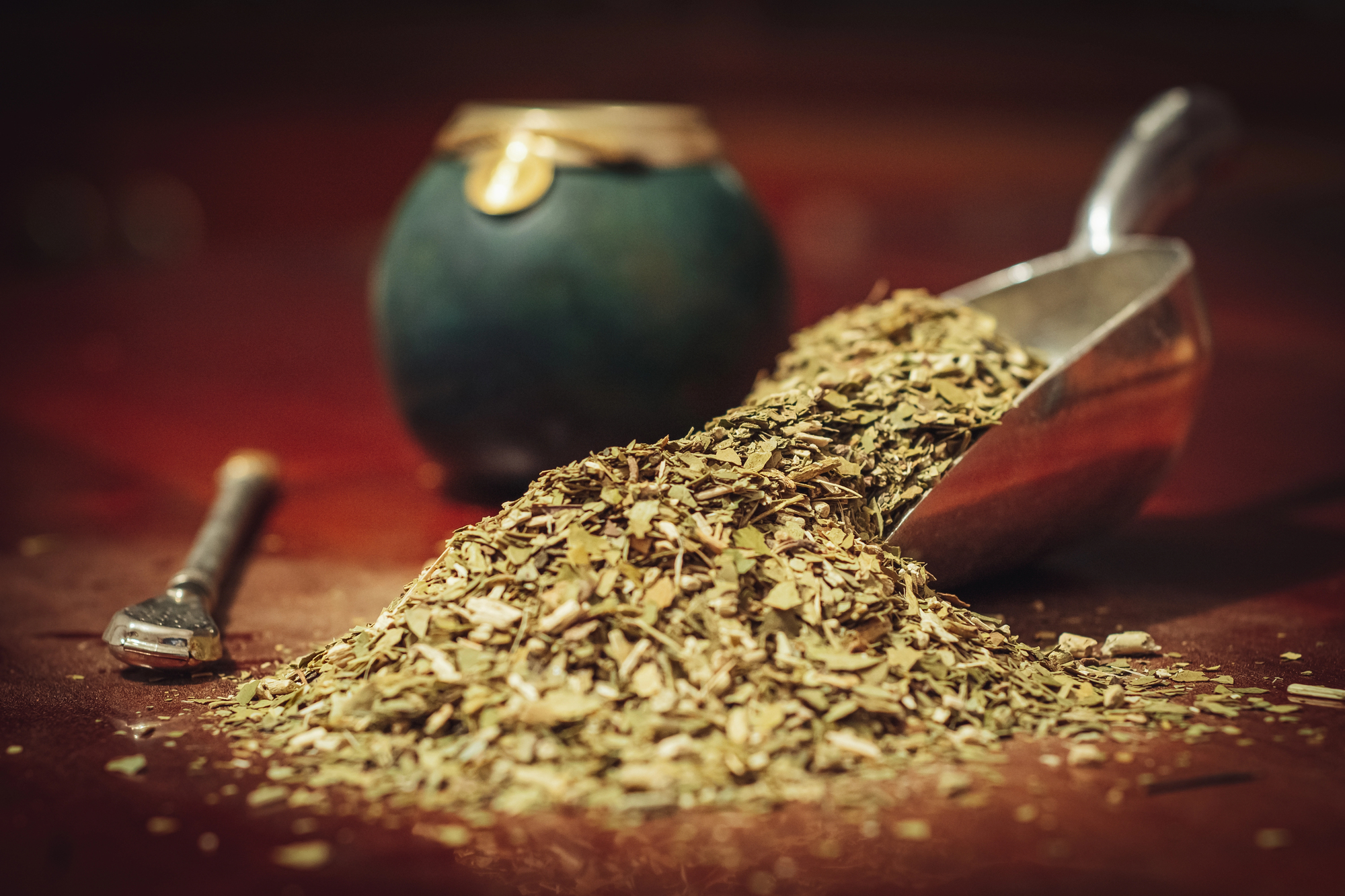
Uruguay consumes more yerba mate per capita than any other nation, making this caffeinated beverage a cornerstone of national identity. Visitors can follow the ‘mate trail’ to plantations in the north where the plant is grown, workshops where the traditional gourds and bombillas (metal straws) are crafted, and specialty stores selling countless varieties.
The social ritual of sharing mate provides a perfect entry point into Uruguayan culture, with locals always ready to explain the strict etiquette surrounding this daily tradition.
Like Travel Pug’s content? Follow us on MSN
Uruguay Beyond the Beaches

What makes Uruguay special isn’t just its coastline but its authentic cultural experiences that remain refreshingly uncommercialized. The country offers travelers a chance to experience South American traditions without the crowds found in larger neighboring countries.
From sipping award-winning wines at family vineyards to watching gauchos demonstrate horsemanship skills passed down through generations, Uruguay rewards those willing to look beyond its famous beaches with memories that connect past and present in this often-overlooked corner of South America.
More from Travel Pug

- Cities Growing so Fast You Won’t Recognize Them in 10 Years
- 13 Destinations Where Tourists Regularly Regret Their Trip
- 20 Obscure WWII Sites Even History Buffs Don’t Know About
- 10 Under-the-Radar Mountain Towns That Are Both Affordable and Beautiful
- Remote Villages in Europe Where You Can Live for Free in Exchange for Work
Like Travel Pug’s content? Follow us on MSN
